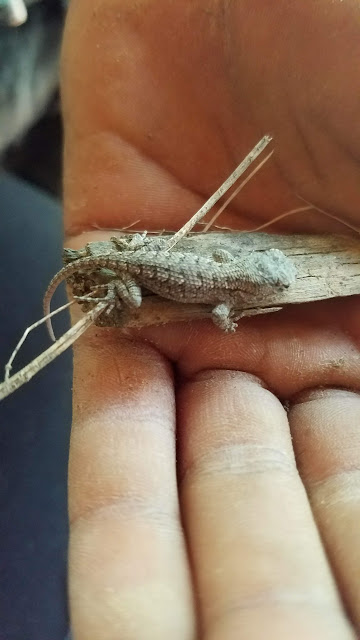They make very interesting, and good pets. But we also like catching bigger mammals like the raccoon or opossum. We have never kept anything bigger than a rabbit, but we’ve caught things that were a good size bigger.
Out of the various raccoons, opossums, mice, rabbits, lizards, chipmunks, snakes, turtles, moles, salamanders, frogs, toads, and insects, more than half of them are caught by hand!
But all the bigger mammals, like the raccoons and opossums, rabbits and chipmunks are generally caught with traps.
When I want to catch an opossum, I bait the smaller trap with dog food, and since wooded areas are preferred by these marsupials, the trap is set in a more wooded area. Opossums are goods to have around, as they can eat up to four thousand ticks a week! The average opossum will eat tens of thousands of ticks in one season.
We like to do and catch some crazy things. If we’re not catching a raccoon, then it’s a five-foot-long rat snake bare handed. I love catching things, I wonder what I’ll catch today?
But every-once-in-a-while when I meet up with an aggressive snake like the black racer, I play it safe by using my snake tongs. I find snake catching more enjoyable when I just use my hands.
We have two live cage traps; one is bigger than the other. When I wish to catch a raccoon, I simply throw a handful of dog food in the bigger trap and then set it down in or near our creek.
Raccoons spend a large amount of their time near creeks, ponds, and lakes where their favorite foods are, like crayfish, frogs, fish, and turtles.
When I want to catch an opossum, I bait the smaller trap with dog food, and since wooded areas are preferred by these marsupials, the trap is set in a more wooded area. Opossums are goods to have around, as they can eat up to four thousand ticks a week! The average opossum will eat tens of thousands of ticks in one season.
We seldom have trouble with raccoons eating our chickens, thanks to our two dogs Willow and Pepper. But when an occasional raccoon outsmarts the dogs, I set a trap in the doorway of the chicken house, and when the unwanted animal walks in, SNAP! goes the trap, and the intruder is caught. After catching a raccoon, or opossum, I release my captive back into the wild, but I always take them a good way away from our house.
We like to do and catch some crazy things. If we’re not catching a raccoon, then it’s a five-foot-long rat snake bare handed. I love catching things, I wonder what I’ll catch today?








.JPG)







































